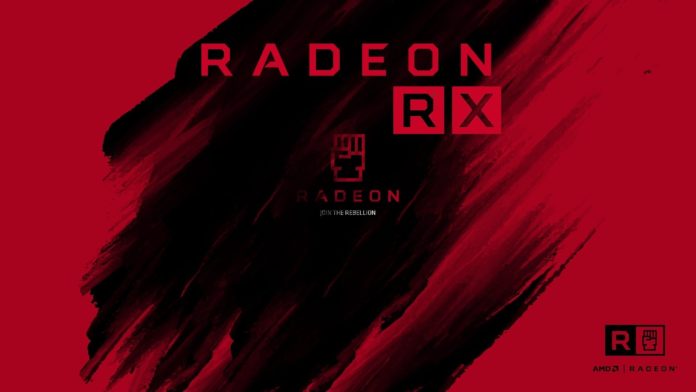As we get closer and closer to a potential reveal for new Navi parts (and with just two products in the stack right now, it’s high time), more details are emerging about Navi 14, the part that’s likely to be called the Radeon RX 5600. The latest find comes from a user on the forum for German site 3DCenter.
User Berniyh was able to glean some more details about Navi 14 by datamining the Linux graphics driver for AMD parts. The driver code mentions a function called “num_sdp_interfaces.” This appears to correlate to the width of the memory bus. Navi 10, Navi 12, and Navi 14 are all seen here. Both Navi 10 and Navi 12 (the likely “2080 Ti killer” have a “num_sdp_interfaces” of 16. Meanwhile, Navi 14 or the RX 5600 has a count of 8. 3DCenter believes that this implies a halving of the memory bus. This would make sense for a midrange part. GDDR6 paired to a 128-bit memory bus would deliver between 250 GB/S and 300 GB/S of bandwidth. Not a lot but perfectly adequate for handling 1080p gaming with ease.

An earlier revelation by 3DCenter indicated that the Radeon RX 5600 would feature 1536 shader cores, at least its fully-enabled avatar. Putting two and two together, we now have a good idea of how the upcoming Little Navi parts will perform. The top-end,
The bigger Navi 12 or the RX 5800 graphics card will come with the same 256-bit bus as the RX 5700 series. This means that they’ll probably feature more powerful shading capabilities, and there’s a very big chance that it’ll almost certainly compete with the GeForce RTX 2080 Super than the top-dog and flagship, the RTX 2080 Ti.
Further Reading:



This doesn’t sound like the “2080 Ti killer”. Even with 16000 MT/s GDDR6 memory bandwidth would be 512 GB/s. Radeon VII had 1028 GB/s (and only 60 CU’s). AMD has used a wide 512 bit bus before (on R9-390). A hypothetical 384 bit bus with 15000 MT/s GDDR6 would give 720 GB/s bandwidth with 12 GB size (+ cost). RX 5700 XT has 11.2 GB/s per CU (about 60% more than Polaris, fits with almost 60% higher clocks), scaling for a hypothetical 64 CU’s would use about 717 GB/s. This would come close to or exceed the 2080 Ti in most metrics. Some are expecting AMD to wait for the 2nd generation RDNA to compete with the 2080 Ti as by then they would also have hardware accelerated ray tracing. As chips get bigger clocks tend lower to reduce power demands and thermals, that breaks size scaling. Navi being more memory hungry than Vega explains why APU’s will stick with Vega till DDR5 arrives.
If they went for 48 CU’s, this would be about RX 5700 XT + 20% in most metrics and would be in 2080 Super territory minus ray tracing. Memory band width would fit better. I can understand AMD wanting the 7 nm process to mature more, or waiting for EUV insertion, before making a chip that is 50%+ bigger. With the performance repeat-ability issues they are experiencing the process node still looks like it could mature more yet.
24 CU’s with 128 bit bus would fit this scaling nicely also. About 60% RX 5700 XT for RX 5300 maybe? 32 CU’s for RX 5500, for 80% of 5700?